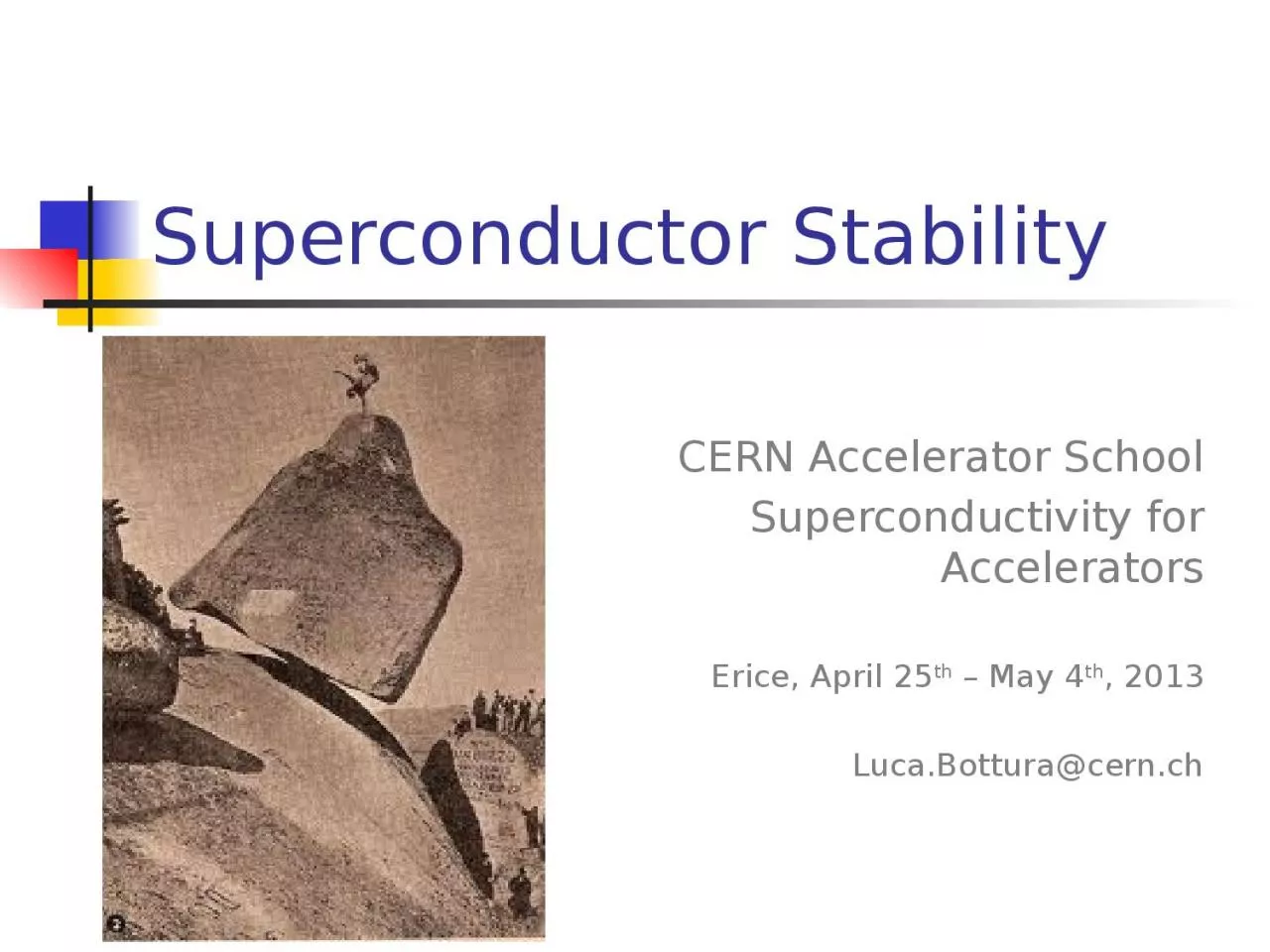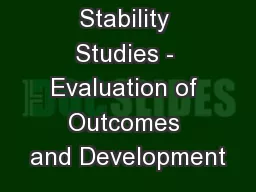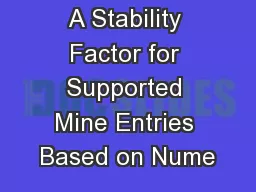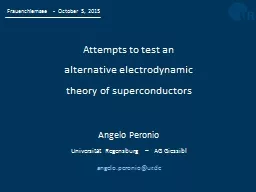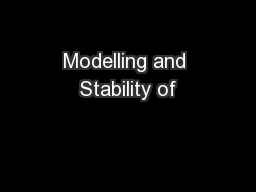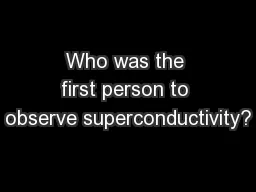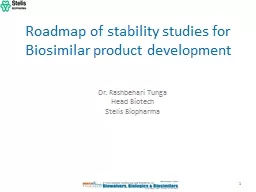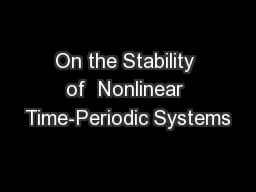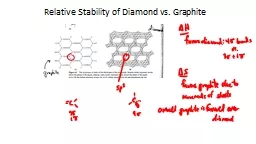PPT-Superconductor Stability
Author : roberts | Published Date : 2023-10-04
CERN Accelerator School Superconductivity for Accelerators Erice April 25 th May 4 th 2013 LucaBottura cernch Plan of the lecture T raining and degradation P
Presentation Embed Code
Download Presentation
Download Presentation The PPT/PDF document "Superconductor Stability" is the property of its rightful owner. Permission is granted to download and print the materials on this website for personal, non-commercial use only, and to display it on your personal computer provided you do not modify the materials and that you retain all copyright notices contained in the materials. By downloading content from our website, you accept the terms of this agreement.
Superconductor Stability: Transcript
Download Rules Of Document
"Superconductor Stability"The content belongs to its owner. You may download and print it for personal use, without modification, and keep all copyright notices. By downloading, you agree to these terms.
Related Documents

